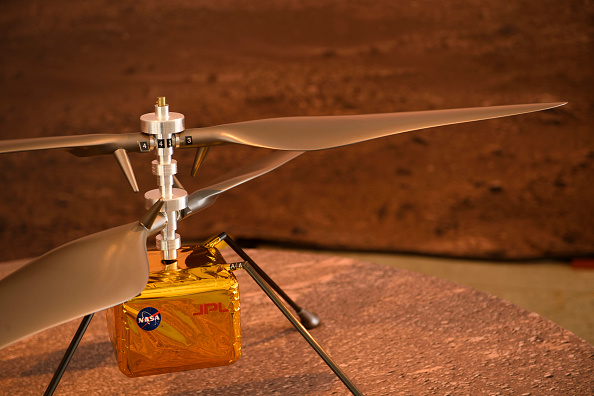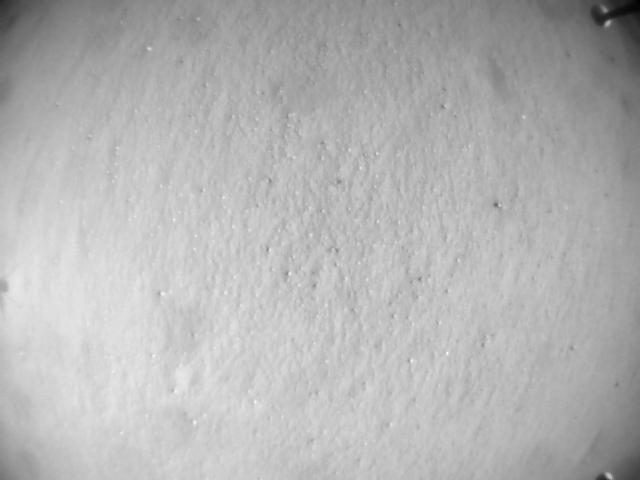NASA’s Ingenuity helicopter recently completed its 34th flight over Mars’s surface. The flight was short, but significant, lasting only 18 seconds. This is 13 seconds shorter than its debut trip over the red planet in April 2021.

Despite the short duration of the flight, when Ingenuity covered a distance of 5 meters, in those 18 seconds it successfully tested two new and important capabilities brought about by the latest onboard software update. The helicopter tested new options for avoiding hazards during landing and using digital altitude maps to aid navigation.
“Ingenuity was created as a technology demonstration and designed to operate on Mars on flat, smooth terrain,” explained Joshua Anderson of NASA’s Jet Propulsion Laboratory (JPL).
New hazard avoidance software allows the helicopter to use a downward-facing navigation camera to determine the safest visible landing spot, allowing it to land more gently in rocky terrain than before. The upgrade provides finding more potential landing spots for the autonomous drone.

Digital altitude maps will also help eliminate the problem of helicopter turns. The fact is that the software for Ingenuity was designed only to work over flat terrain, and actually it often flies among hills.
The team will now use the results of Ingenuity’s short and simple flight to begin more extensive testing of the new capabilities to confirm that they work as intended. Anderson explained that the upgrade makes the helicopter “a much more effective scout for Perseverance.”
The helicopter is helping to find safe routes for the ground-based rover, which is spending time searching for evidence of ancient life on the distant planet, as well as testing new technologies for future human missions to Mars.
Earlier we reported on how an unexpected “passenger” ended up onboard the Ingenuity.
According to NASA materials

